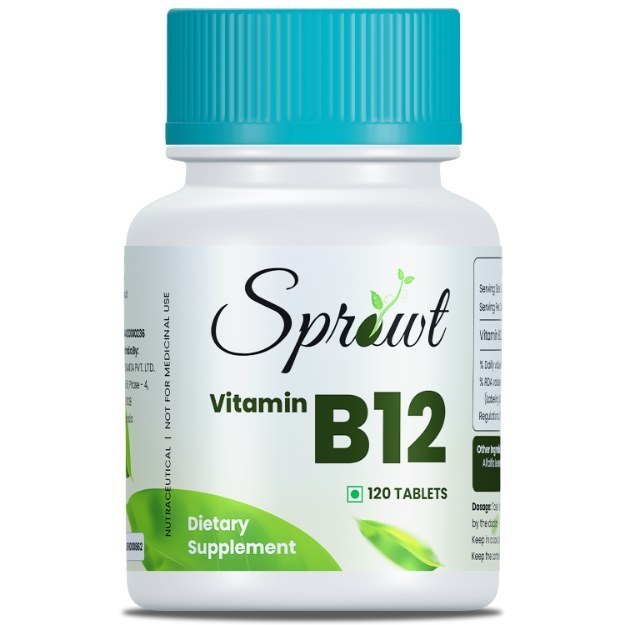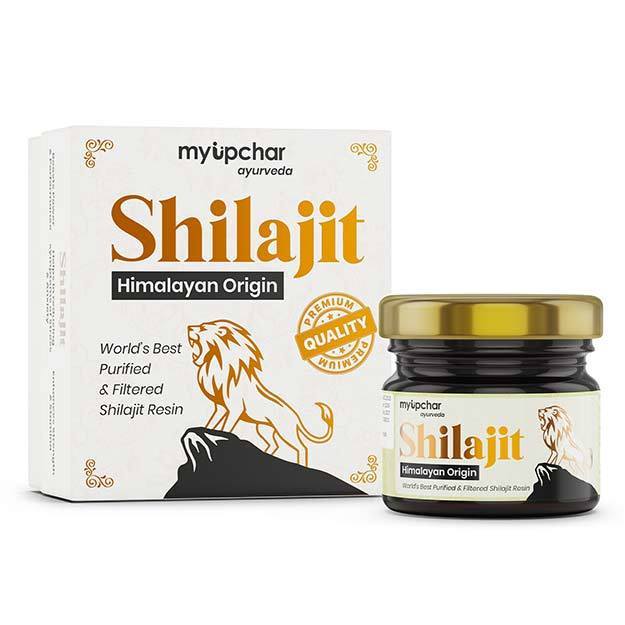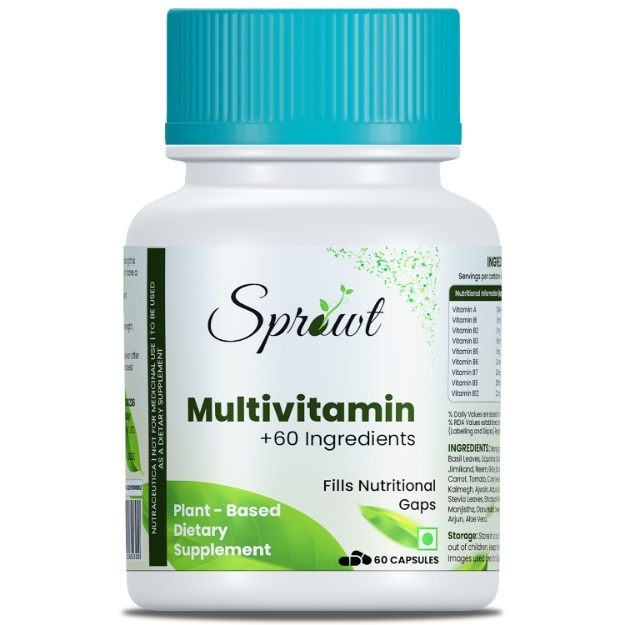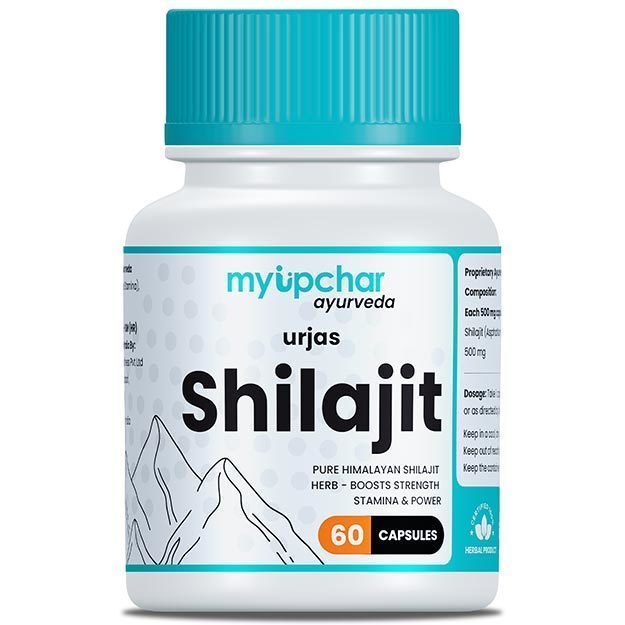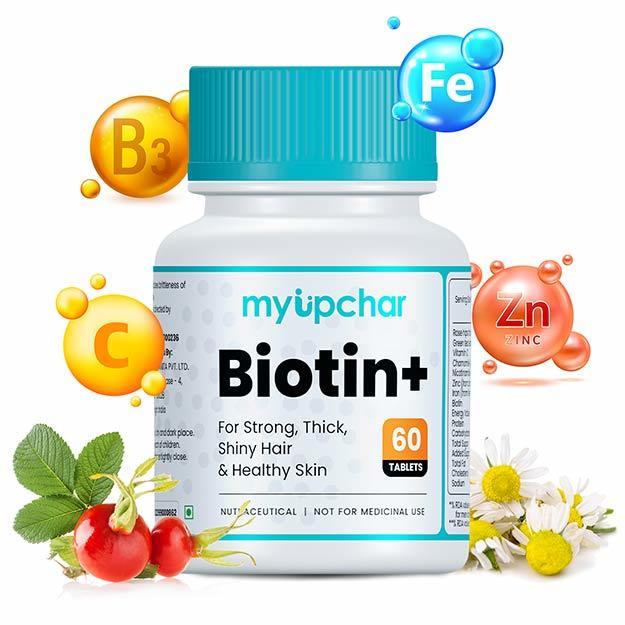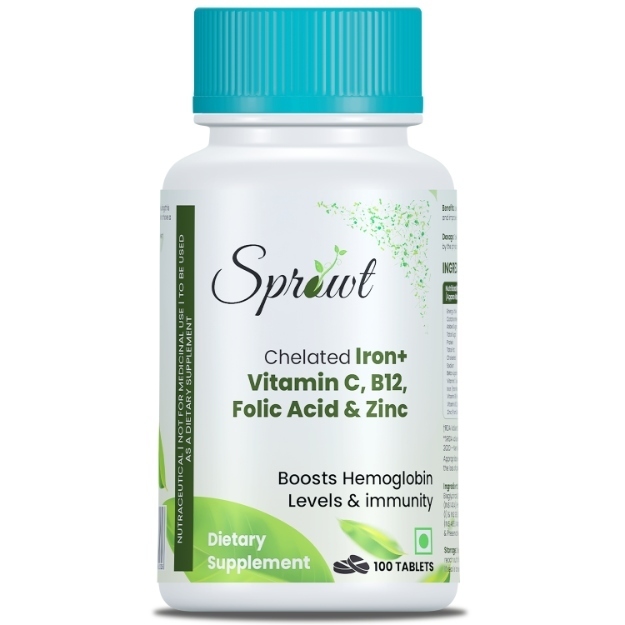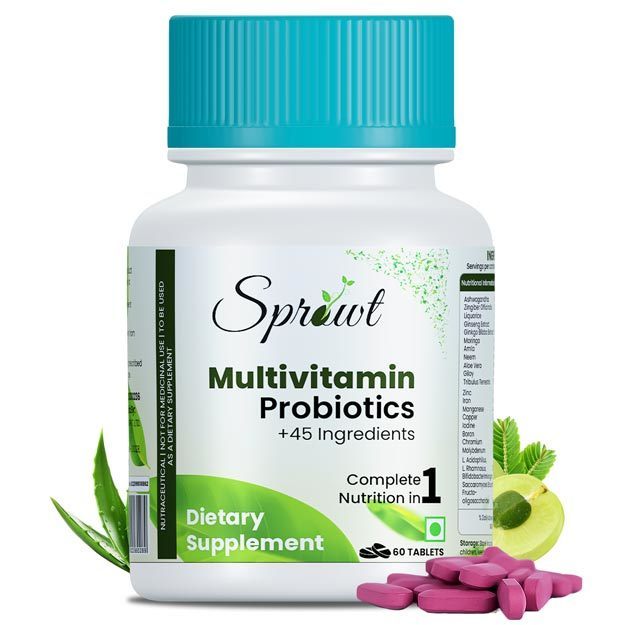Anfoe is a commercial drug that is prescribed in the form of Injection. It is primarily used for the treatment of Anemia. Anfoe also has some secondary and off-label uses. These are listed below.
The optimal dosage of Anfoe is largely dependent on the individual's body weight, medical history, gender and age. The condition it has been prescribed for, and the route of administration also determine the right dosage. This information has been provided in detail in the dosage section.
Besides the aforementioned side effects, there are other adverse effects of Anfoe as well, which are listed below. These side effects of Anfoe are usually temporary and subside with the completion of treatment. Please speak with your doctor if these side effects worsen or persist for a longer duration.
Anfoe's effect during pregnancy is Moderate and Moderate while nursing. In addition, Anfoe's effects on the liver, heart and kidney are discussed below in the Anfoe related warnings section.
Anfoe is not recommended if you suffer from certain medical conditions as it can have adverse effects. High Blood Pressure, Seizures are examples of such conditions. Some other conditions that can be affected by Anfoe are listed in the contraindications section below.
Additionally, Anfoe may also adversely react with other medicines. A complete list of these interactions is given below.
In addition to these precautions, you may also note that Anfoe is not safe while driving, and is is not addictive in nature.
X


